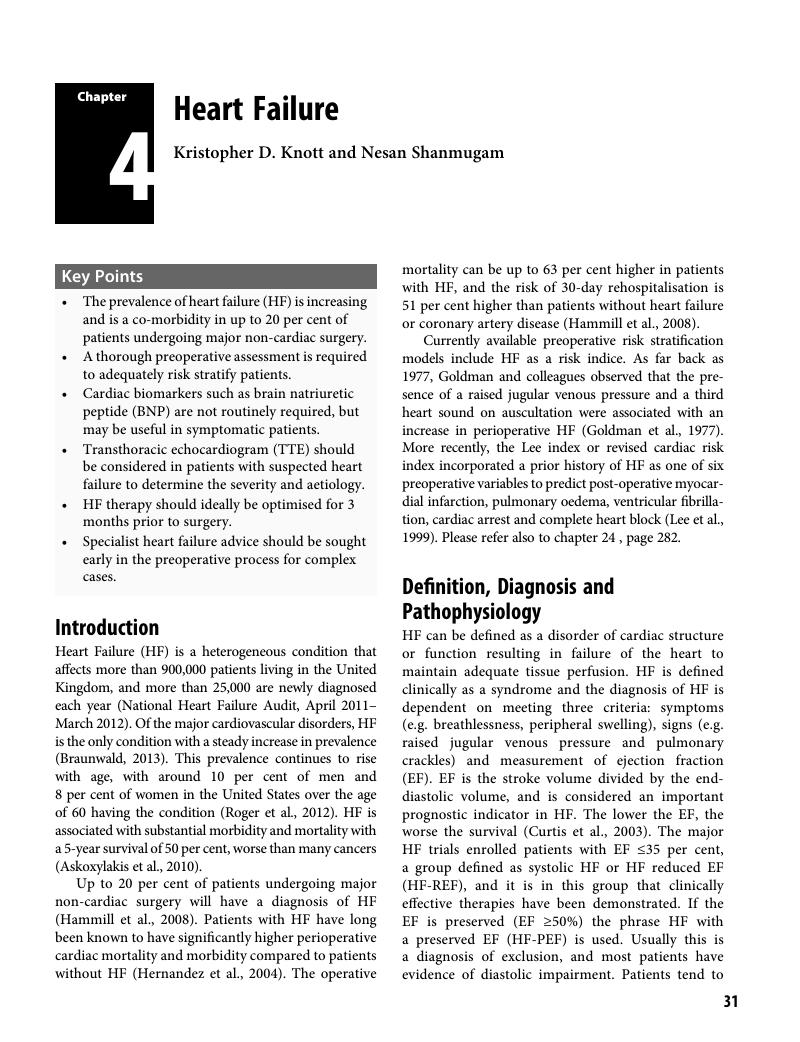Book contents
- Core Topics in Preoperative Anaesthetic Assessment and Management
- Core Topics in Preoperative Anaesthetic Assessment and Management
- Copyright page
- Contents
- Contributors
- Preface
- Chapter 1 Ischaemic Heart Disease
- Chapter 2 Hypertension
- Chapter 3 Cardiac Arrhythmias
- Chapter 4 Heart Failure
- Chapter 5A Cardiac Investigations
- Chapter 5B Myocardial Perfusion Imaging
- Chapter 5C Cardiac Magnetic Resonance
- Chapter 5D Computed Tomography Coronary Calcium Score and Coronary Angiography
- Chapter 5E Comparison of Cardiac Functional Tests and Imaging
- Chapter 6 Respiratory Disease
- Chapter 7 Difficult Airway Prediction
- Chapter 8 Renal Disease
- Chapter 9 Neurological Disease
- Chapter 10 Hepatobiliary Disease
- Chapter 11 Neuromuscular Disease
- Chapter 12 Connective Tissue Disease
- Chapter 13 Immunocompromised Patients
- Chapter 14 Frailty
- Chapter 15 Haematological Diseases
- Chapter 16 Biochemistry
- Chapter 17 Endocrine and Metabolic Disease
- Chapter 18 Bariatric Patients
- Chapter 19 Chronic Pain, Addiction and Neuropsychiatric Patients
- Chapter 20 Obstetric Patients
- Chapter 21 Herbal Medications
- Chapter 22 Anaphylaxis
- Chapter 23 Legal Considerations
- Chapter 24 Predicting Operative Risk
- Chapter 25 Challenges of Setting Up Preoperative Service
- Index
- References
Chapter 4 - Heart Failure
Published online by Cambridge University Press: 14 March 2018
- Core Topics in Preoperative Anaesthetic Assessment and Management
- Core Topics in Preoperative Anaesthetic Assessment and Management
- Copyright page
- Contents
- Contributors
- Preface
- Chapter 1 Ischaemic Heart Disease
- Chapter 2 Hypertension
- Chapter 3 Cardiac Arrhythmias
- Chapter 4 Heart Failure
- Chapter 5A Cardiac Investigations
- Chapter 5B Myocardial Perfusion Imaging
- Chapter 5C Cardiac Magnetic Resonance
- Chapter 5D Computed Tomography Coronary Calcium Score and Coronary Angiography
- Chapter 5E Comparison of Cardiac Functional Tests and Imaging
- Chapter 6 Respiratory Disease
- Chapter 7 Difficult Airway Prediction
- Chapter 8 Renal Disease
- Chapter 9 Neurological Disease
- Chapter 10 Hepatobiliary Disease
- Chapter 11 Neuromuscular Disease
- Chapter 12 Connective Tissue Disease
- Chapter 13 Immunocompromised Patients
- Chapter 14 Frailty
- Chapter 15 Haematological Diseases
- Chapter 16 Biochemistry
- Chapter 17 Endocrine and Metabolic Disease
- Chapter 18 Bariatric Patients
- Chapter 19 Chronic Pain, Addiction and Neuropsychiatric Patients
- Chapter 20 Obstetric Patients
- Chapter 21 Herbal Medications
- Chapter 22 Anaphylaxis
- Chapter 23 Legal Considerations
- Chapter 24 Predicting Operative Risk
- Chapter 25 Challenges of Setting Up Preoperative Service
- Index
- References
Summary

- Type
- Chapter
- Information
- Publisher: Cambridge University PressPrint publication year: 2018



